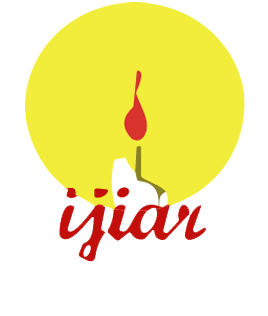IMPACTS OF HEAVY METAL CONCENTRATIONS IN ASA RIVER ON HAEMATOLOGY, BIOCHEMICAL AND HISTOLOGICAL INDICES OF RATTUSNOVERGICUS FROM A TOXICOLOGICAL PERSPECTIVES
The toxicity of heavy metals when their concentration exceeds allowable limits has made their presence in our environment of great concern. These metals are released into the environment through a range of sources, including industrial processes into nearby rivers thereby polluting the river for domesticated usage. Thirty-six male, healthy rats (Rattus novergicus) were purchased from the Animal House and given water samples from the Asa River in different concentrations (20, 40, 60, 80, and 100%). Rats from the experimental and control groups were sacrificed and the liver and kidney were removed, washed in 10% formal saline, and prepared for histomorphological examinations. Rats\' blood was also taken for haematological and biochemical indices during the animal sacrifice processess. In this study, Alanine amino transferase (ALT )and Aspartate amino transferase (AST) levels at higher concentrations were significantly noted when compared to the control group resulting to alteration of the liver and kidney organs at higher concentrations with mild periportal cellular infiltration and mild congestion of the renal interstitium and severe congestion and hemorrhage at the renal interstitium, respectively. Rats\' haematological and biochemical indices did not differ significantly from the control group.
1. Department of Science Laboratory Technology, Ladoke Akintola University of Technology, Ogbomosho.
Share this article
